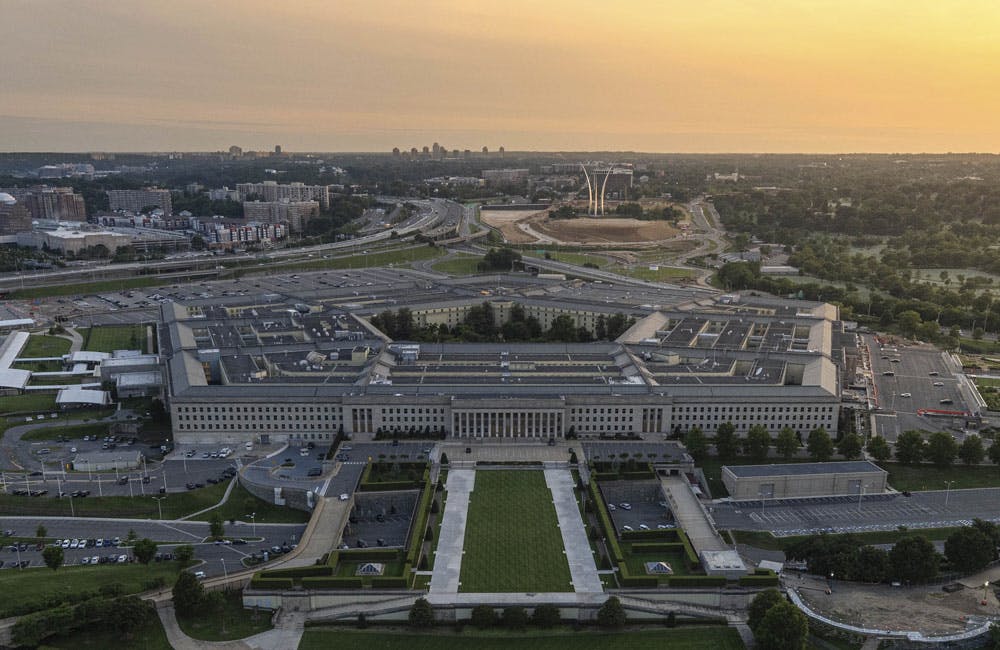Feds Weigh AI in the Acquisition Process
Experimenting with AI can help identify problems with technology adoption for agencies earlier in the buying process.

Acquisition officials can effectively learn about the risks and benefits associated with adopting AI by identifying problems and experimenting with potential AI solutions, officials said last week at the 2024 IT Vendor Management Office Annual Summit.
“We’re at a space now where everybody wants to throw a little generative AI in something just to see what happens with it,” said General Services Administration Chief Innovation Officer for the Federal Acquisition Service Office of Information Technology Category Udaya Patnaik. “At the same point, there are some limitations to it. We are in the experimentation stage with a lot of that. If we give ourselves the room for experimentation, we’re good. If we don’t give ourselves room for it, that’s when things get a little dicey for us.”
AI can streamline time-consuming government contracting processes by summarizing documents, synthesizing information and making recommendations. Users, however, should look at the evaluations with caution, warned SAIC Data Sciences Futures Director and AI Strategist Shweta Mulcare.
“It makes up stuff when we ask it to, but it also makes stuff up when we don’t ask, and it won’t necessarily tell you when it’s doing this,” she said. “I think that we should use it for things like getting evaluations, but we should just be careful with how we use it.”
According to Mulcare, agencies can help manage risks with emerging technology by anticipating regulatory frameworks.
“Regulatory frameworks can provide much-needed guardrails, but they can also slow things down a lot,” she said. “If we can look at all of the guidelines, policies and recommendations carefully and figure out which ones are most likely to get mandated into law, and then develop technology that’s future-proofed and robust, that can help a lot.”
NASA Associate CIO Leigh Ann Giraldi called out the importance of having these conversations about the future to ensure success in AI.
“IT is dynamic and constantly changing,” she said. “We have to be really thinking futuristically about where things are going and what is the world looking like and having more of those conversations, rather than all the traditional kinds of contracting and buying.”
This is a carousel with manually rotating slides. Use Next and Previous buttons to navigate or jump to a slide with the slide dots
-

DOD Wants to Accelerate GenAI With AI Rapid Capabilities Cell
The Defense Department sunset Task Force Lima and launched a new effort for generative AI development with the AI Rapid Capabilities Cell.
4m read -

Trump Signs AI EO to Reorient Federal Tech Approach
The president signed a new AI executive order and signaled that the White House will center industry responsibility for AI leadership.
3m read -

AI FedLab
The Defense IT Summit will bring together federal and industry leaders to discuss AI in defense operations, CJADC2 and multi and hybrid cloud security.
Carahsoft Conference & Collaboration Center | 11493 Sunset Hills Rd. Reston, VA 20190 -

Digitizing Records for an AI-Driven Future
CMS and NARA are digitizing and standardizing data to enable AI, while also developing effective governance strategies to manage associated risks.
30m watch








